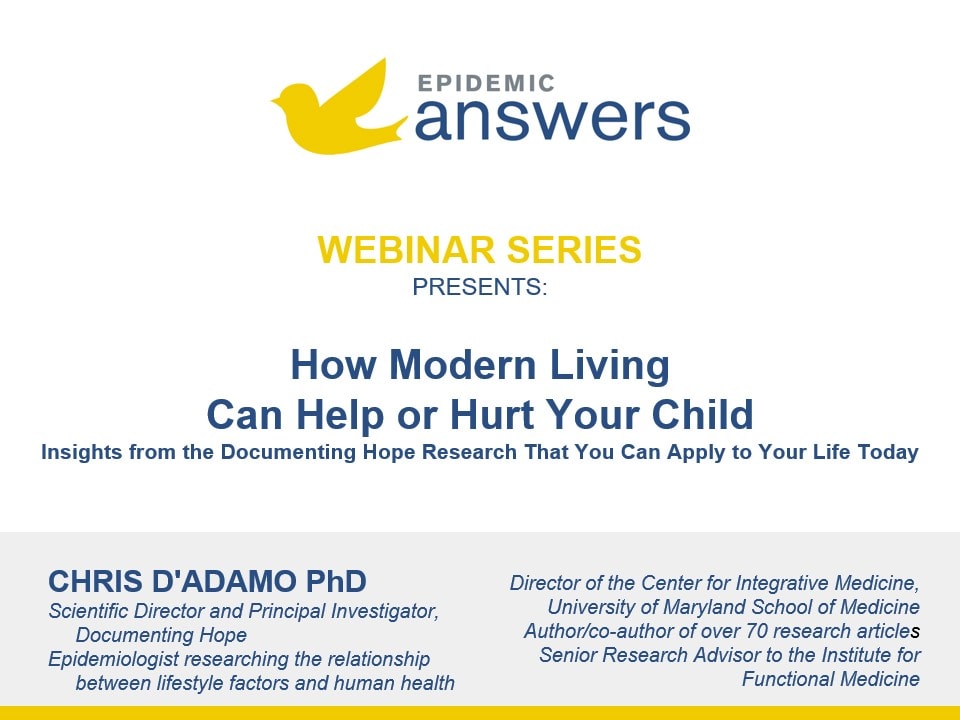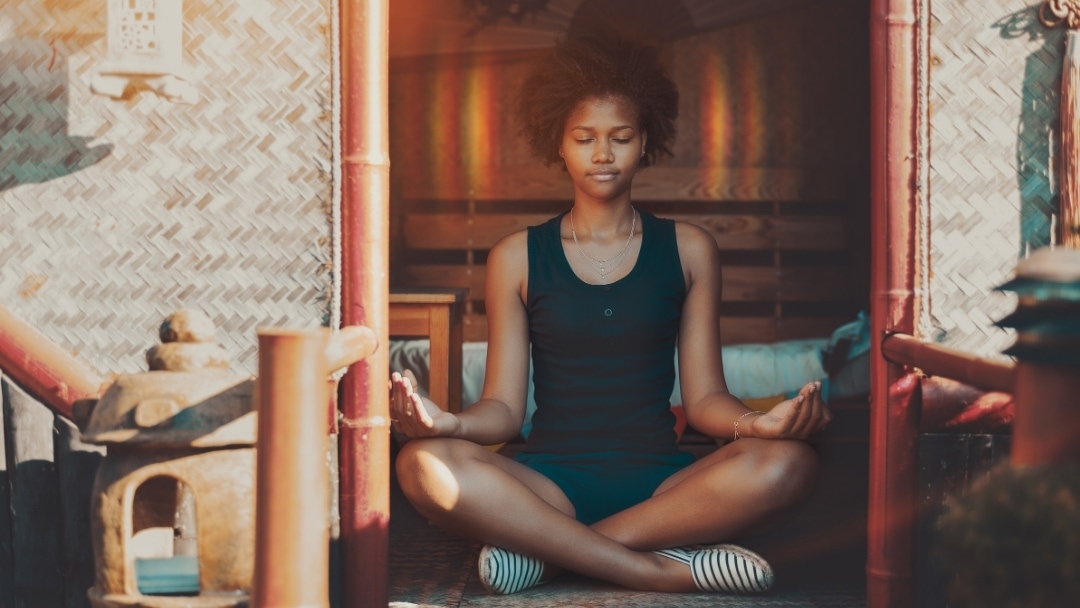What Is Meditation?
Meditation is an approach to training the mind, just as fitness is an approach to training the body. Daydreaming, experiencing light sleep, or exercising “in the zone” are actually meditative states.
Meditation is an effective approach to reach the spirit part of the mind-body-spirit. The most recognized styles of meditation are:
- Mindfulness: Includes being present, recognizing thoughts and detaching them.
- Transcendental meditation: Repeating a mantra (a word or phrase)
- Moving meditations: Examples are qi gong, tai chi, yoga, hiking, mountain climbing and running
- Guided meditations: listening to a recording or a live person guide your experience using visualization or raising awareness of your five senses. Self-guided meditations are also popular (ex: imagining sitting by a river at a cabin you went to every summer).
What You May Have Heard
“Meditation is too hard.” “I’ve tried to meditate a couple of times, and I’m not sure I’m doing it right.” It’s not hard! Meditation takes regular practice, just like learning a musical instrument, a yoga style, or any new activity.
What Happens When We Meditate?
When we meditate, the left brain’s intellectual activity reduces, and the right brain’s intuitive, emotional, and creative parts of the mind become increasingly active. By intentionally quieting the mind, we slow down the speed of our brain waves.
Our conscious brain waves are normally in beta (13Hz). During meditation, our brain waves slow down to the state of alpha (8-13Hz) or theta (4-8Hz) and the deepest level of delta (1/2 – 4Hz).
Meditation increases our connection to universal consciousness, which is where we receive our intuitive thoughts, emotions, and creativity. The pineal gland is the actual location in the middle of the brain that connects us to universal consciousness. Universal consciousness (source, God, vital force, creator) is where we connect to our higher selves, our intuition, and our creativity.
The easiest way to begin meditating is simply by focusing on the breath. Sometimes this is accompanied by repeating a single word or mantra, staring at a candle flame, listening to a repetitive gong or counting beads on a rosary.
Because focusing the mind is challenging, a beginner might find that his mind begins to wander after a few moments. Experts say that by refocusing awareness on the breath, random thoughts protrude less and less frequently. When they do, you simply let them go.
Through this process, the ability to concentrate improves, and one can meditate for longer durations.
How Can Meditation Help My Child?
Children can learn how to meditate much easier than adults. This is because they have less life experience that cause our left brains to become dominant.
Modern living has caused many of us to have dominant left brains, but with awareness and effort, we can achieve more balance, which yields health benefits.
Meditation is a practice you can quickly learn on your own or with a therapist. We recommend browsing YouTube meditation channels, music channels on iTunes, Spotify, and Pandora, and your local book store for materials that work for you.
Are There Any Side Effects?
Only good ones! Meditation can:
- Lower blood pressure
- Improve blood circulation
- Lower heart rate
- Decrease perspiration
- Slow respiratory rate
- Decrease anxiety
- Lower blood cortisol levels
- Increase feelings of well-being
- Decrease stress
- Provide deeper relaxation
Here is an article summarizing four scientific studies on how meditation can affect your heart, brain and creativity.
Still Looking for Answers?
Visit the Epidemic Answers Practitioner Directory to find a practitioner near you.
Join us inside our online membership community for parents, Healing Together, where you’ll find even more healing resources, expert guidance, and a community to support you every step of your child’s healing journey.




